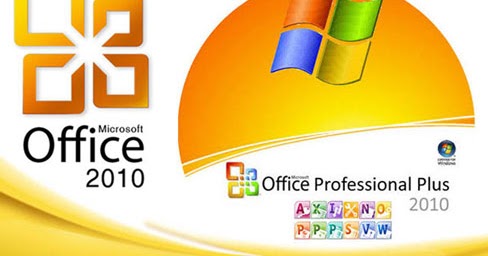

Make sure any 3rd-party Office add-ins that you rely on are stated as being Office 2010 and 64-bit compatible. To check, see Which Windows operating system am I running?. What you need to know before installing 64-bit Office: If you don’t activate it when you install, you can activate it later from an Office application by clicking File > Help > Activate Product Key.įor more information, see Activate Office 2010 programs. You’ll need to activate Office to keep your Office programs filly working.

In the Activation wizard, click I want to activate the software over the Internet, and then follow the prompts.

Read and accept the Microsoft Software License Terms, and then click Continue.įollow the prompts and after Office installs, click Close. If you need help, see Find your product key for Office 2010. If the setup wizard doesn’t start automatically, navigate to the disc drive and click SETUP.EXE. Insert the Office 2010 disc into the drive. To do a custom install or uninstall for specific apps, see the section below Install or remove individual Office programs or components. In all, Microsoft Office 2010 is an excellent productivity suite with great new features that make it easier and more comfortable to use, and also turn it into an even more professional solution for daily work tasks.Note: For more information about the 64-bit version, see Choose the 64-bit or 32-bit version of Office. Not only does it include direct access to all document-related tasks, but also shows detailed information about the document you're currently working on. They still keep the "ribbon" interface – in a much clearer, almost minimalist style – but the Office button has been renamed to "File" and now shows a different pane. There's a significant improvement in the time the suite apps take to launch, and how they behave when working on your documents.Īs regards appearance, all the Microsoft Office 2010 apps have been slightly modified. Regarding performance, Microsoft Office 2010 seems to be as fast and light on system resources as the Technical Preview. What's more, Microsoft Office 2010 now lets you save your documents on SkyDrive and share them online in just two clicks. There are also tools to translate text, take and use screenshots, and apply special effects to the images you use in your documents. You can now add videos to your PowerPoint presentations, remove redundant messages from conversations in Outlook and insert small color charts inside cells in Excel spreadsheets. The context menu in Word, for example, has been greatly improved and lets you see changes in real time as you browse through the different options. Leaving changes aside, the truth is that Microsoft Office 2010 has pretty much the same features we already saw in the Technical Preview.


 0 kommentar(er)
0 kommentar(er)
